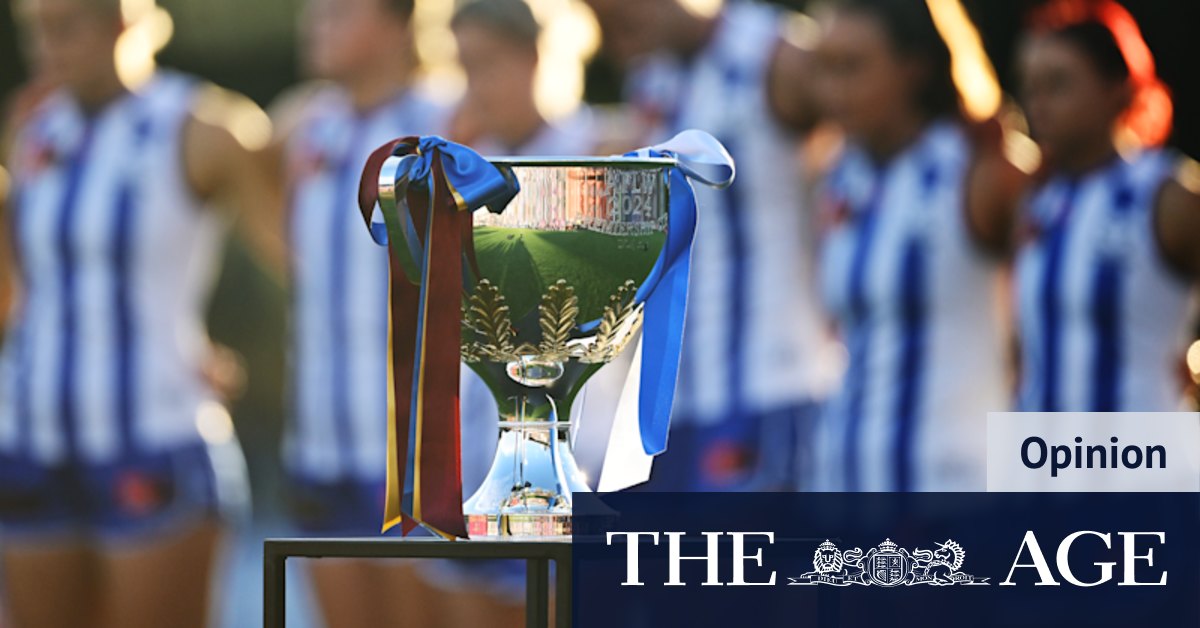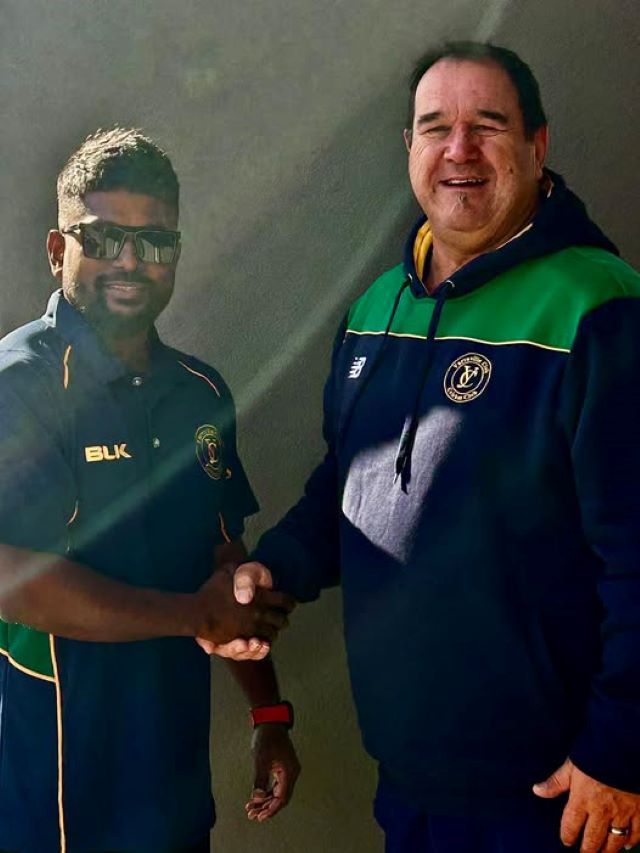Can AFLW Take a Leaf Out of the NRL's Book? Addressing the AFL's Biggest Challenges

May proved to be a tumultuous month for the Australian Football League (AFL), marked by both highs and lows. While the men's competition continues to draw massive crowds and generate considerable excitement, underlying issues have bubbled to the surface, prompting calls for change and discontent among clubs. In response, the AFL administration has initiated a significant reshuffle, aiming to quell unrest and provide a clearer path forward for CEO Andrew Dillon.
But is a simple cabinet reshuffle enough? The recent challenges facing the AFL – from umpiring controversies to fixture scheduling debates and concerns over list management – highlight a need for deeper introspection and a willingness to learn from other sporting codes. Specifically, could the AFLW competition benefit from observing the strategies and operational models of the National Rugby League (NRL)?
The NRL's Proactive Approach
The NRL has consistently demonstrated a more proactive and engaged approach to addressing issues within its competition. Unlike the AFL's often reactive responses, the NRL has cultivated a culture of open communication and collaboration with its clubs, players, and stakeholders. This includes regular consultations, transparent decision-making processes, and a willingness to adapt rules and regulations based on feedback. A key difference lies in the NRL's robustness when it comes to addressing on-field incidents and upholding the integrity of the game. They're often quicker to issue suspensions and fines, sending a clear message that misconduct will not be tolerated.
Lessons for AFLW: Building a Sustainable Future
The AFLW competition, while rapidly growing in popularity and talent, faces its own unique set of challenges. Ensuring its long-term sustainability requires careful planning and a commitment to continuous improvement. Here's where the NRL's experience could prove invaluable:
- Improved Communication: AFLW clubs frequently express frustration over a lack of clear communication from the AFL regarding rule interpretations, fixture changes, and strategic decisions. Emulating the NRL's more transparent approach could foster greater trust and collaboration.
- Strategic List Management: The NRL's robust system for managing player contracts and salary caps provides a framework for ensuring competitive balance across all teams. A similar system for AFLW could address concerns about player poaching and financial disparities between clubs.
- Umpiring Consistency: While AFL umpires are highly skilled, inconsistencies in decision-making continue to draw criticism. The NRL’s focus on umpire accountability and ongoing training could provide a valuable model for the AFL.
- Fixture Flexibility and Fan Engagement: The NRL demonstrates a willingness to adapt its fixture schedule to maximize fan engagement and television ratings. The AFLW could explore similar strategies, such as prime-time games and regional showcases.
Beyond the NRL: A Holistic Approach
While the NRL offers valuable insights, the AFL shouldn’t limit itself to a single sporting code. A holistic approach, incorporating best practices from other leagues around the world, is crucial. This includes examining the governance structures of successful sports organizations, analyzing fan engagement strategies, and investing in player welfare programs.
The current challenges facing the AFL are significant, but they also present an opportunity for positive change. By embracing a culture of continuous improvement, learning from the successes of other codes, and prioritizing open communication and collaboration, the AFL can ensure a bright future for both the men's and women's competitions. The reshuffle is a start, but the real test will be whether the AFL can translate these changes into tangible results on and off the field.





